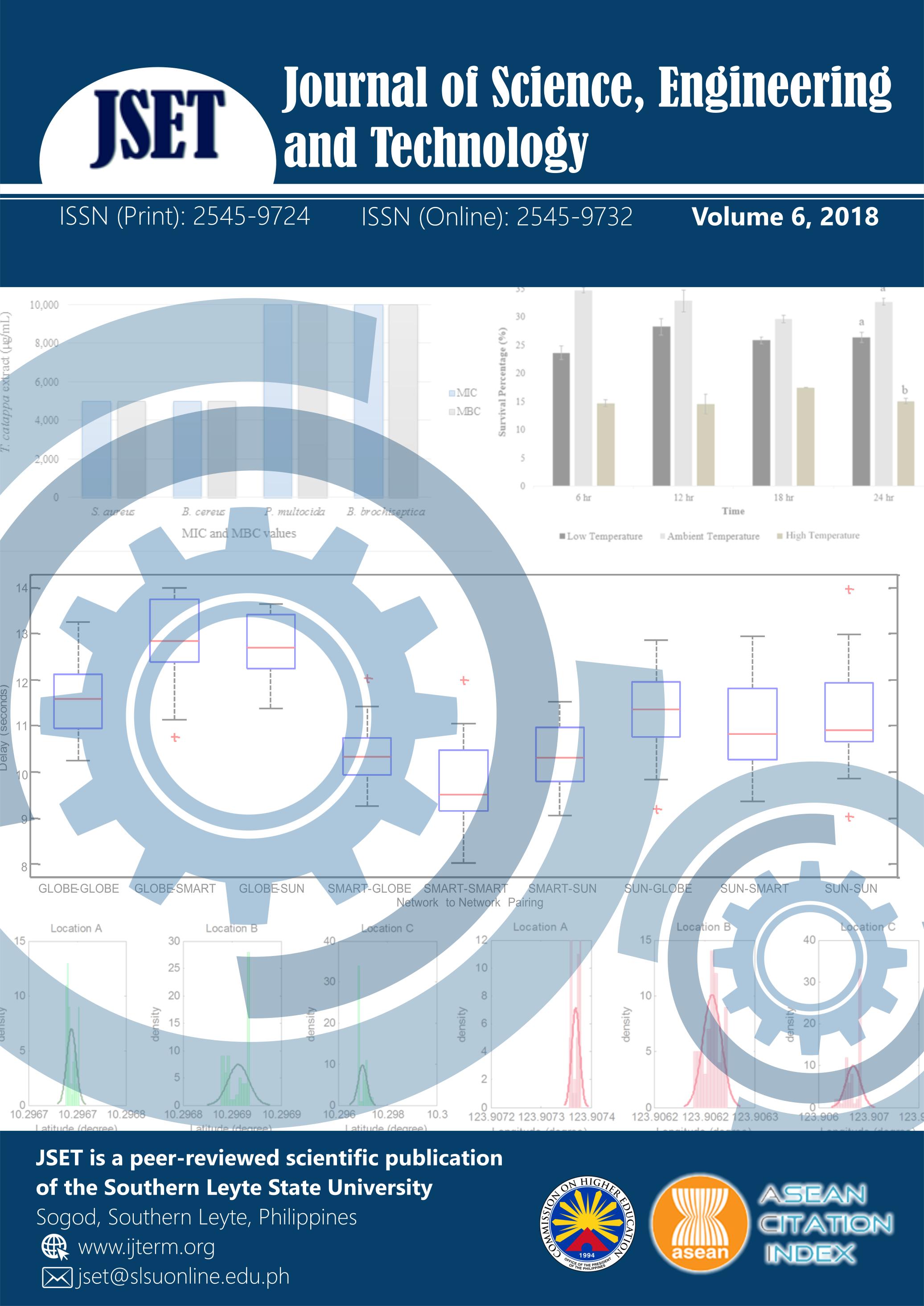Energy Yields of a GPS-based Dual-Axis Solar Tracker and a Fixed Mount PV Panel Operating in Different Weather Conditions
DOI:
https://doi.org/10.61569/ha6ae581Keywords:
Dual axis solar tracker, GPS module, Arduino, Tilt angle sensor, RTC, Energy generatedAbstract
In this study, energy yield comparisons were conducted between a fixed mount photovoltaic system and a dual-axis solar tracking system with identical solar panels. The GPS-based solar tracking system was designed to ensure maximum energy generation from the sun’s radiation. By tracking the sun’s movement across the sky during the day, the GPS-based dual-axis solar tracking system was able to trap sunlight intensity from 6:30 a.m. to 6:30 p.m. The absorbed energy of the solar tracking system using GPS was more than that of the fixed mount panel, with the energy produced on sunny day, cloudy day and rainy day at 8,211Wh, 4,738Wh and 2,419Wh, respectively. The average energy generated from the dual axis solar tracking system was 5,390Wh/day in 2016, which was 25.2% more than the average energy generated from the fixed mount system.
Downloads
Published
Issue
Section
License

This work is licensed under a Creative Commons Attribution 4.0 International License.
This is an open access article distributed in accordance with the Creative Commons Attribution 4.0 Unported (CC BY 4.0) license, which permits others to copy, redistribute, remix, transform and build upon this work for any purpose, provided the original work is properly cited, a link to the license is given, and indication of whether changes were made. See: Creative Commons Attributions 4.0 International License.








